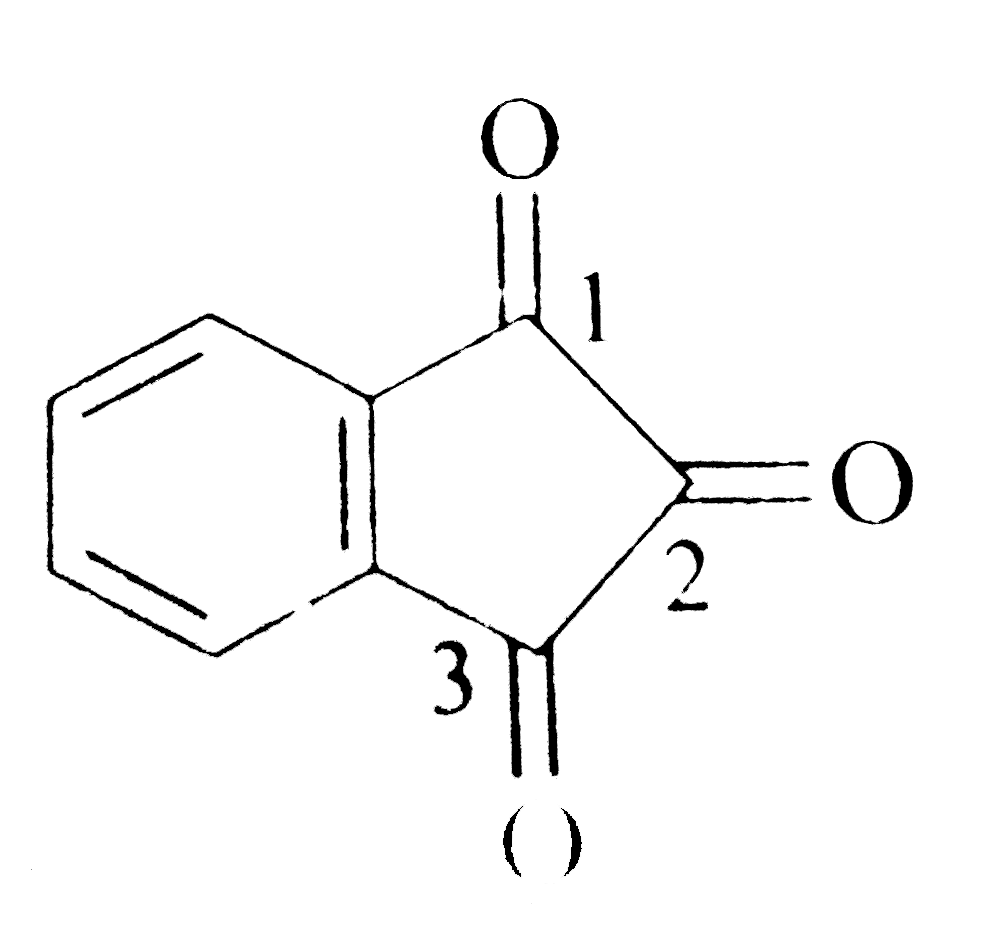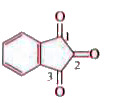Which is most easily oxidised and possess more reactivity for nucleophilic addition:Solution in Odia
Methanal
Ethanal
Propanal
Propanone
The correct Answer is:A
Step by step video, text & image solution for Which is most easily oxidised and possess more reactivity for nucleophilic addition: by Chemistry experts to help you in doubts & scoring excellent marks in Class 12 exams.
Updated on:21/07/2023Topper's Solved these Questions
- ALDEHYDES KETONES AND CARBOXYLIC ACID BOOK - MBD PUBLICATIONCHAPTER - ALDEHYDES KETONES AND CARBOXYLIC ACID EXERCISE - QUESTION TYPE
100 Videos
- ALCOHOLS,PHENOLS AND ETHERSBOOK - MBD PUBLICATIONCHAPTER - ALCOHOLS,PHENOLS AND ETHERSEXERCISE - QUESTION BANK
942 Videos
- BASIC CONCEPT OF THEORYBOOK - MBD PUBLICATIONCHAPTER - BASIC CONCEPT OF THEORYEXERCISE - QUESTION BANK
402 Videos
Similar Questions
Vinegar contains
View SolutionWhich of the following is soluble in water ?
(CCl4,C6H6,CH3OH,C2H6)
View SolutionWhat is the SI unit of pressure ?
View SolutionWhich carbonyl group of the given compound is most reactive for nucleophilic addition reaction ?

View SolutionWhich compound is most reactive towards nucleophilic addition ?
View SolutionWhich among the following is most reactive in nucleophilic addition ?
View SolutionMost reactive towards nucleophilic addition reaction is-
View SolutionWhich is most reactive towards nucleophilic addition reactions?
View SolutionThe following is more reactive towards nucleophilic addition reactions
View SolutionWhich carbonyl group of the given compound in most reactive for nucleophilic addition reaction ?

View SolutionWhich of the following compounds is the most reactive towards nucleophilic addition reactions?
View SolutionMost reactive towards nucleophilic addition is
View SolutionWhich one of the following compounds is most reactive towards nucleophilic addition?
View SolutionWhich of the following is most reactive to give nucleophilic addition?
View SolutionWhich is most easily oxidised and possess more reactivity for nucleophilic addition:
View Solution
